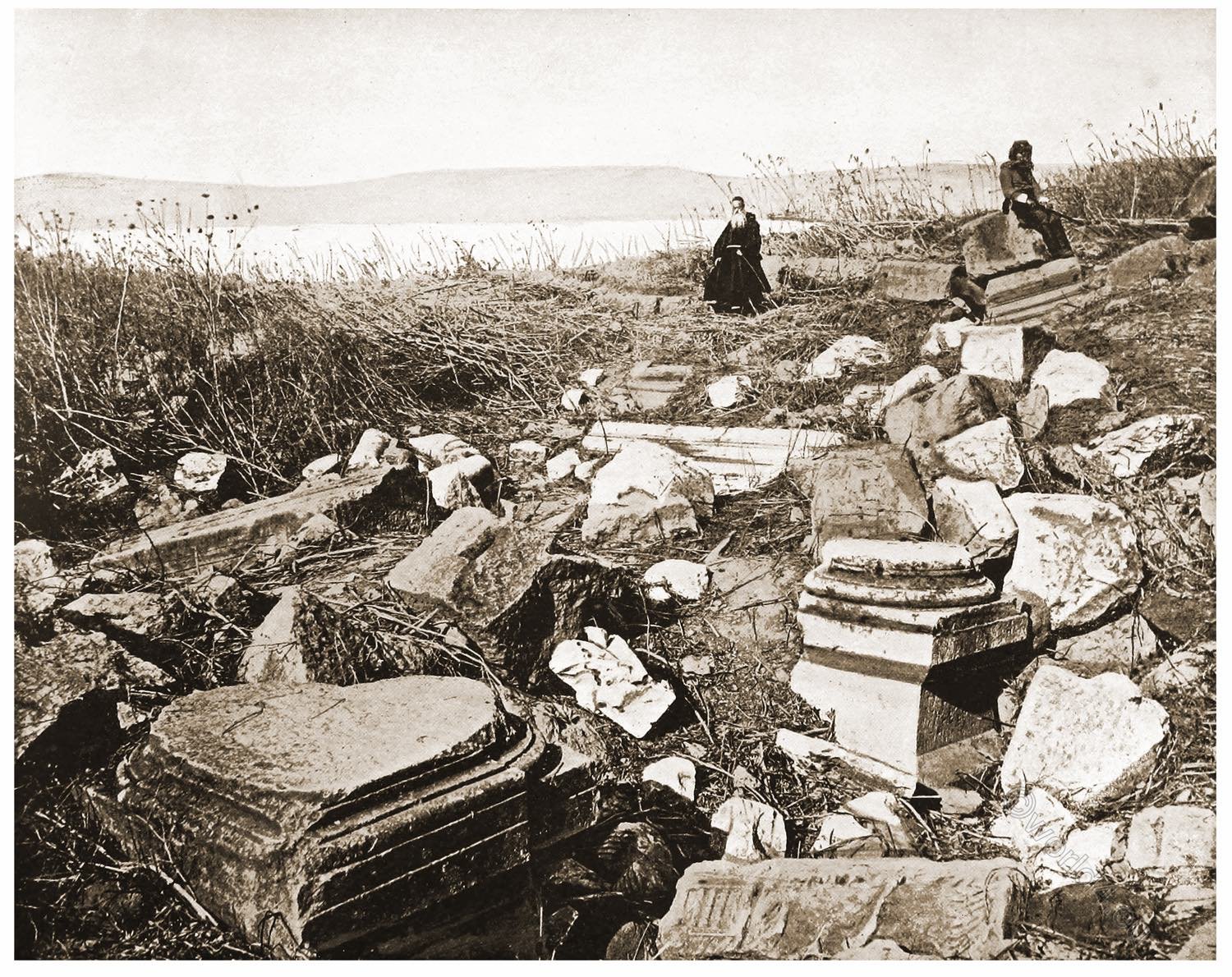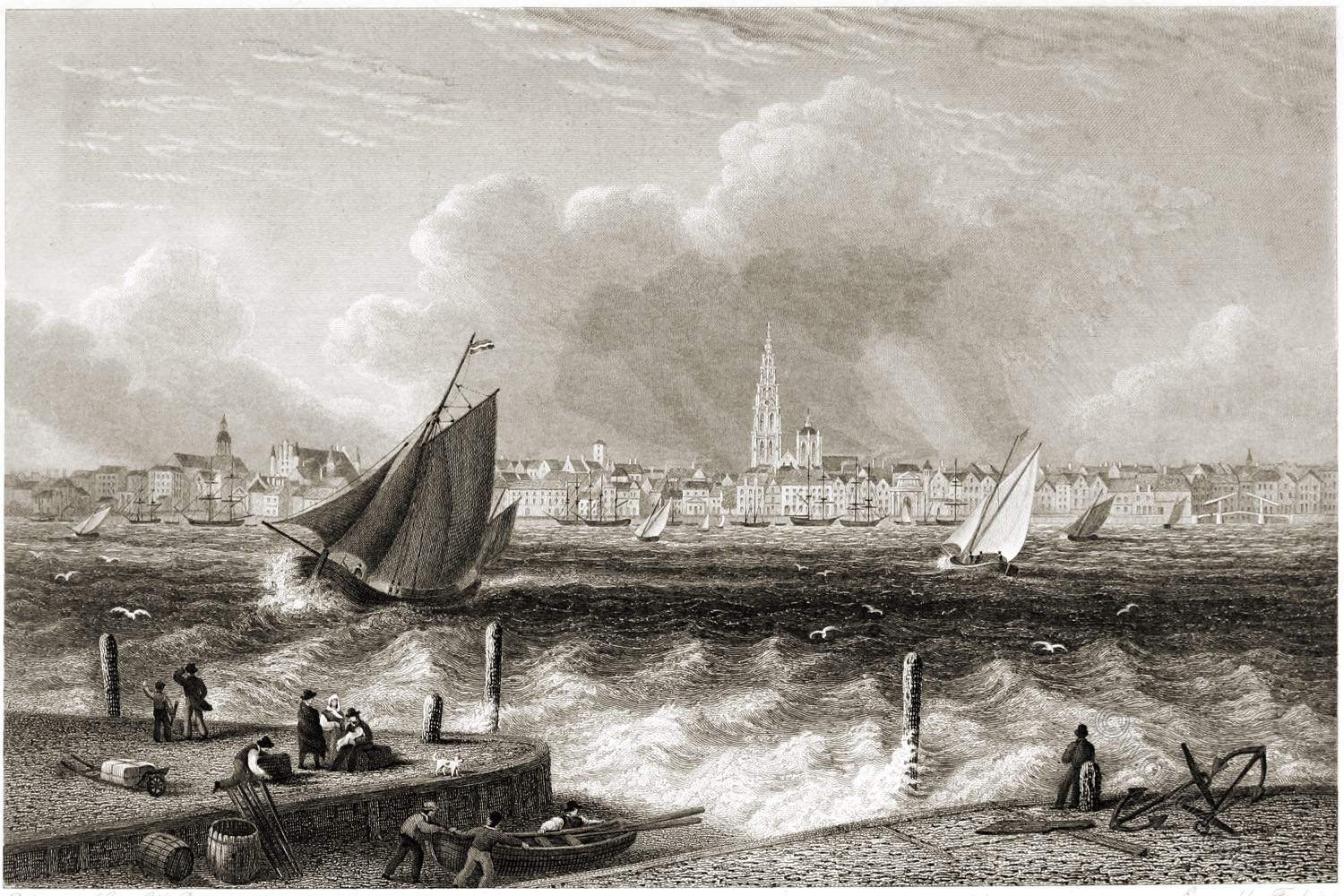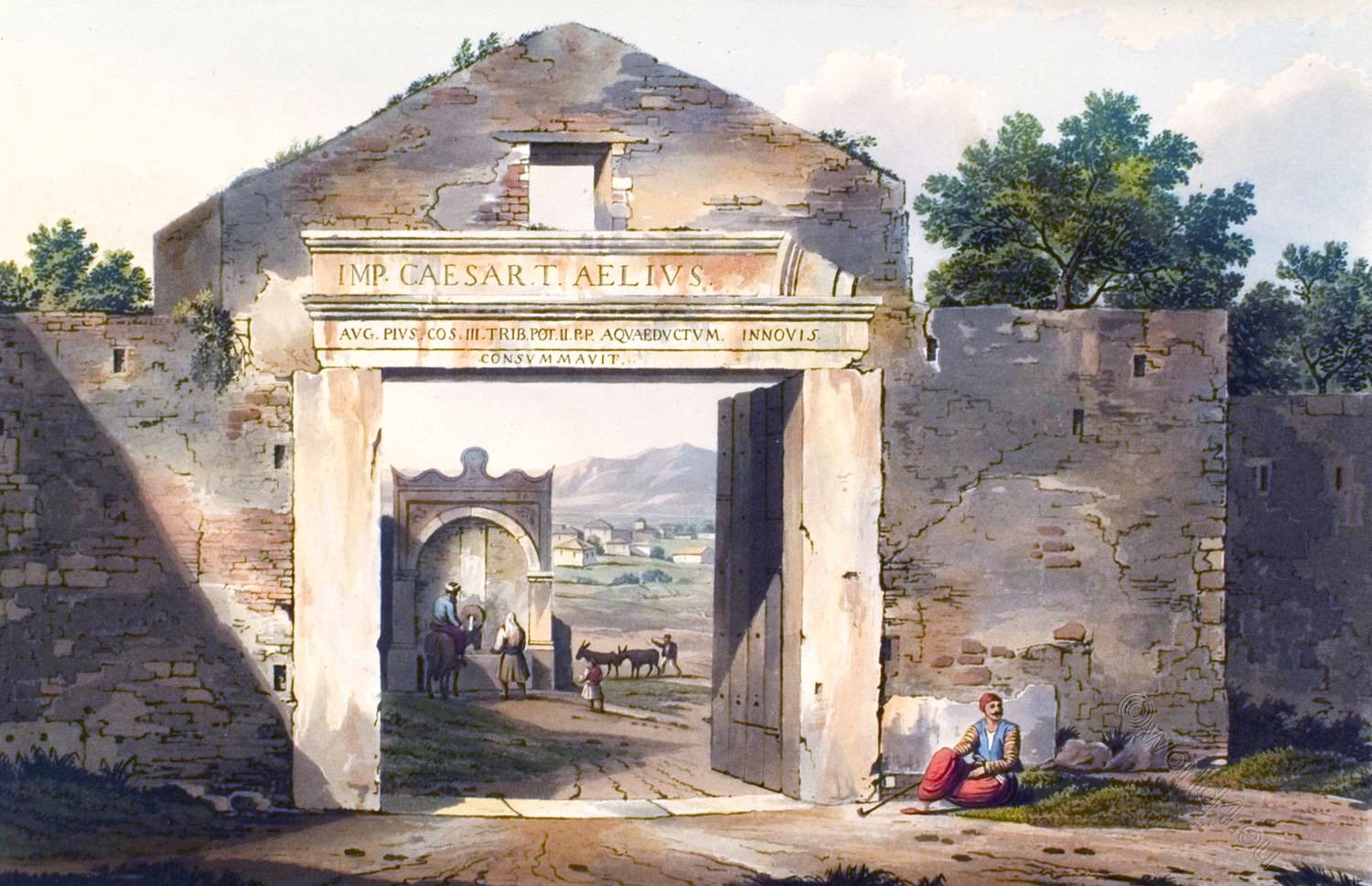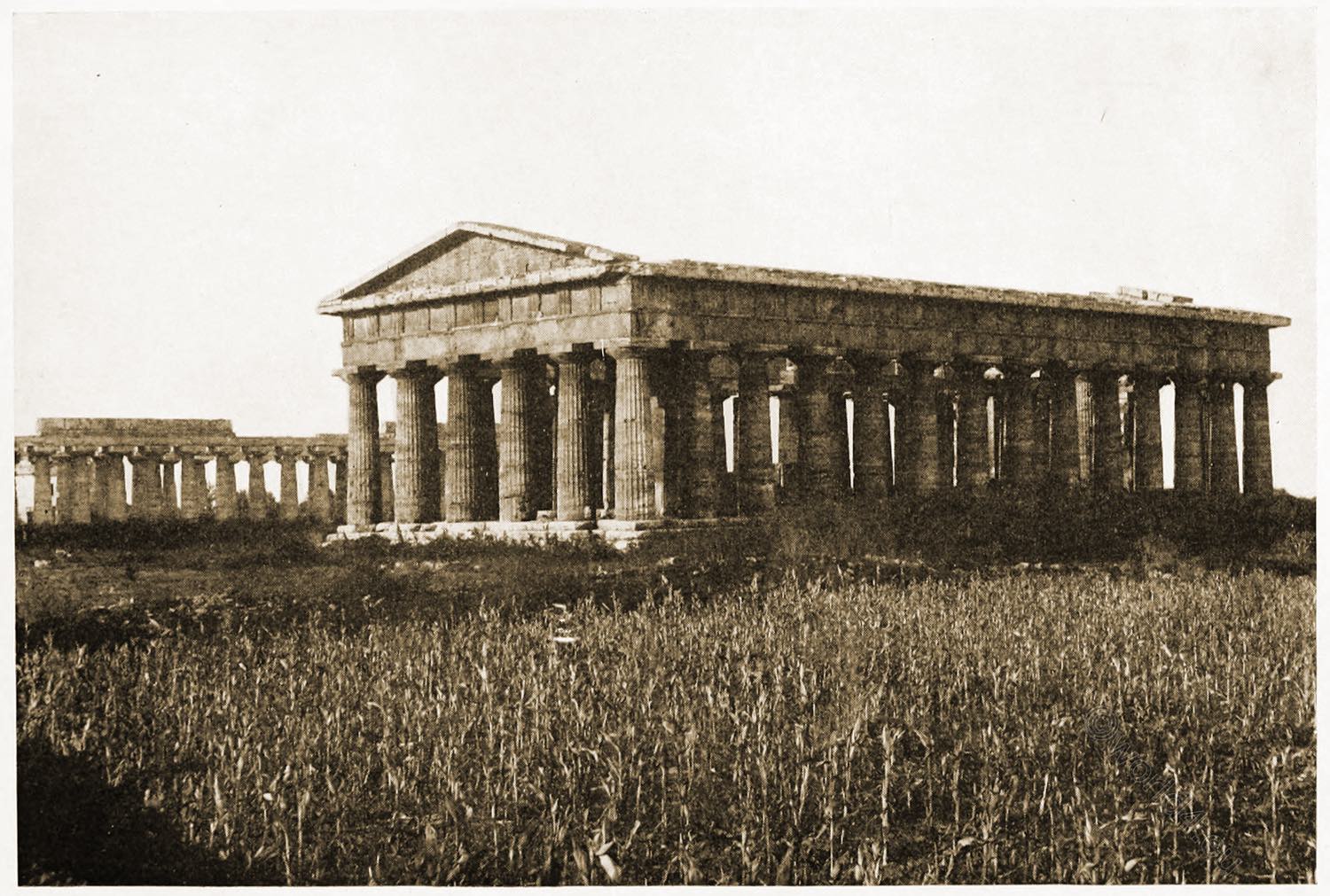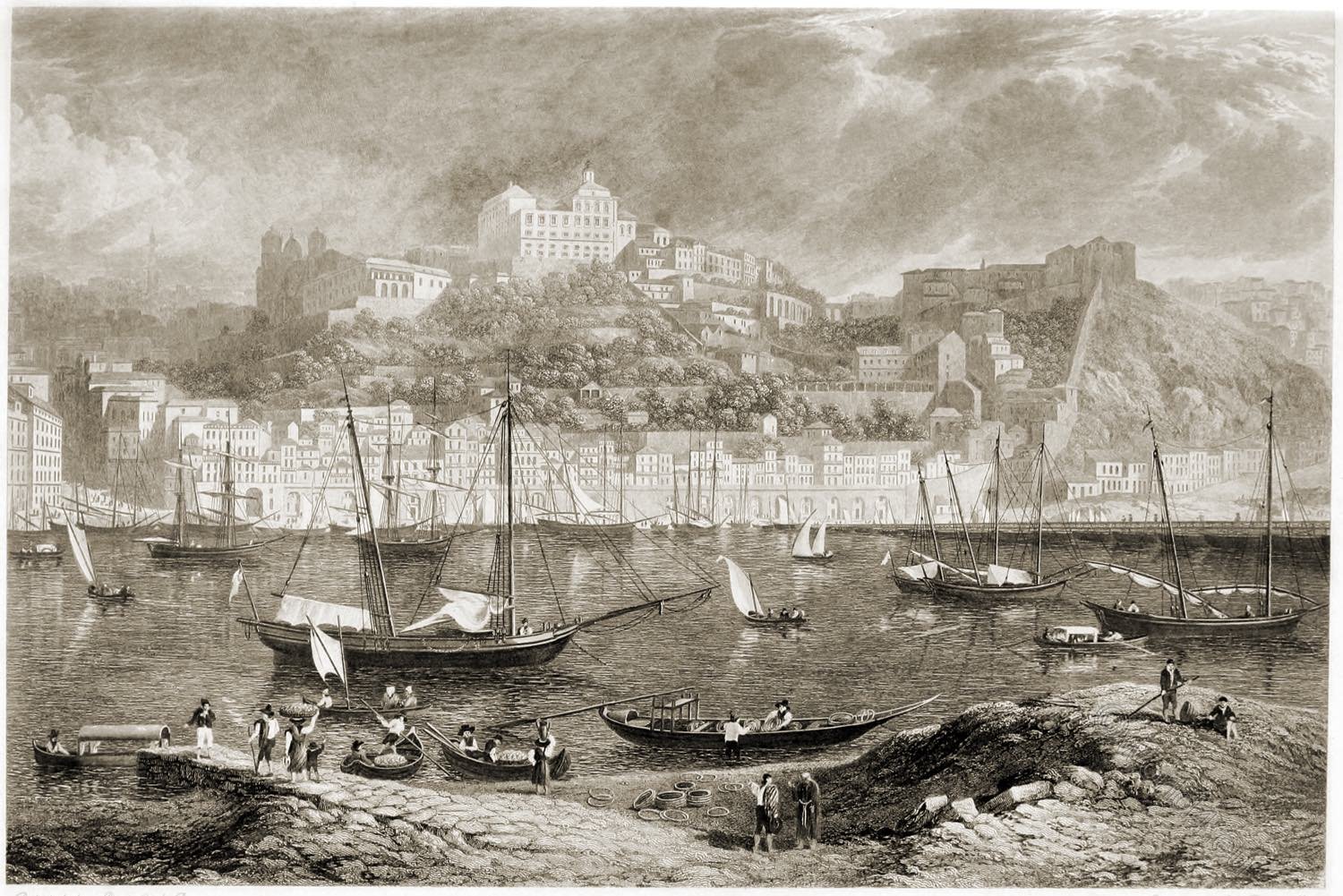
OPORTO. FROM VILLA NOVA.
The annexed view, taken at the foot of the Serra, near the Bridge of Boats, exhibits the most ancient part of the city of Oporto. We are here directly fronting the bishop’s palace, which, with the cathedral and buildings appertaining to it, occupy the crest of the hill in the centre of the view.
To the left, the tower of the Igreja dos Clérigos (Church of the Clergy) forms a conspicuous object. This lofty tower is visible from the sea, at a distance of ten leagues, and serves as an important land-mark for ships steering to the mouth of the Douro. It was erected in the year 1748, and is built entirely of the finest masonry, an art in which the Portuguese are almost unrivaled.
On the summit of the hill to the right, touching the old walls and towers, is the convent of Santa Clara. Immediately below the cathedral, the rocky steep has been cut into terraces, and laid out in gardens, which give a pleasing relief to the scene. The river is bordered by the old city wall. A noble street, the Rua Nova de St. Joao, is seen open- ing upon the quay on the left. Part of the bridge of boats, forming the communication between the city and Villa Nova, appears on the right. The river is occupied with shipping and the various kinds of small craft peculiar to the country.
Although the limits of this work will not admit of historical details, it may not be improper to remark that, notwithstanding the commonly received notion that Oporto owes its origin to the Romans, it appears, from the best authors to have been founded about A.D. 417 by the Suevi *), who had established themselves in Braga and other parts of ancient Galicia, but who were driven by the Alani to the banks of the Douro, where they fortified themselves on the steep hill now occupied by the cathedral and the bishop’s palace, and which is still distinguished by the appellation of the Cidade de Antiga.
*) The Suevi (or Sweben, Sueven, Suawen, Latin Suebi or Suevi) were a tribal group of Germanic peoples.
Source: Select views of some of the principal cities of Europe by Robert Batty. London: Moon, Boys, and Graves, 1832.
Continuing
OPORTO.
The Mouth of the Douro from Massarellos.
Oporto, from the Monte D’Arabida.
Oporto, from the Quay of Villa Nova.
Oporto, from Villa Nova.
Oporto, from the Custom-House Quay.
Discover more from World4 Costume Culture History
Subscribe to get the latest posts sent to your email.

